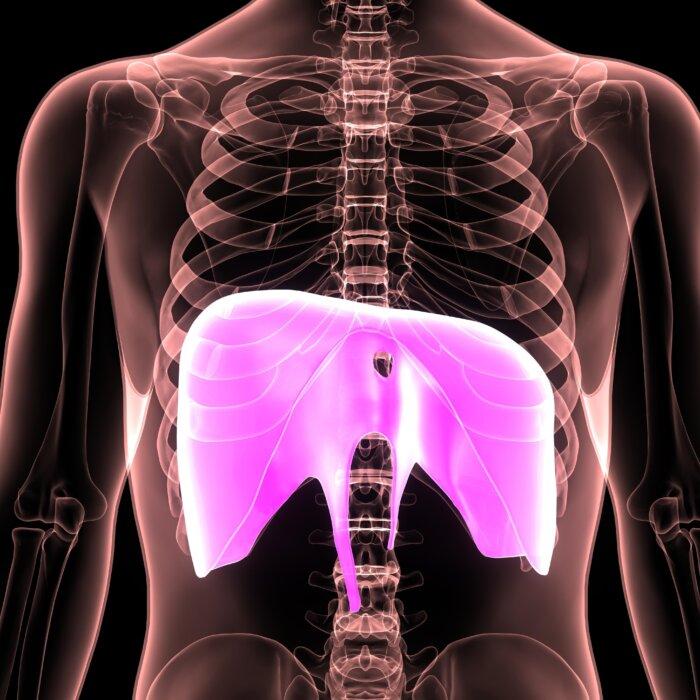Breath: The Ancient Power Within
For centuries, cultures around the world have turned to breathing for its healing properties. From India’s pranayama to China’s qigong, breathing techniques have been pivotal to wellness practices. Through tummo meditation, Tibetan monks have demonstrated the power of breath by generating body heat to dry wet sheets wrapped around their bodies in freezing temperatures.“Breath is the bridge between the mind and body,” Stuart Sandeman, a breathing expert, the author of the book “Breathe In, Breathe Out,” and the founder of Breathpod, told The Epoch Times.
The effect of breathing on health is anchored in respiratory system physiology, which facilitates the essential exchange of oxygen and carbon dioxide. Controlled breathing enhances respiratory efficiency, boosts blood oxygenation, and aids in eliminating waste gases. Furthermore, it stimulates the lymphatic system, which is crucial to body detoxification.
Erik Peper, a professor at the Institute for Holistic Health Studies at San Francisco State University, told The Epoch Times: “Breathing is seen mainly as a mechanism for air (oxygen and carbon dioxide) exchange. It is much more than that; it is the pump that circulates venous blood and lymph fluid circulation.”
Mr. Peper said that common conditions such as irritable bowel syndrome (IBS), acid reflux, and menstrual cramps often cause individuals to adopt protective, shallow breathing patterns that exacerbate discomfort.
Breathing directly affects the autonomic nervous system (ANS), which controls functions such as heart rate and digestion. Slow, deep breaths activate the parasympathetic nervous system, leading to relaxation, reduced stress, and lower blood pressure. Such breathing patterns can counteract stress—a key factor in chronic diseases.
These physiological changes caused by the activation of the PNS emphasize breathing exercises’ immediate and long-term benefits. Regular breath work can improve respiratory function, boost immunity, and foster mental and physical well-being. Breath is a powerful tool for aiding healing in many ways.
7 Conditions Improved Through Breathing Exercises
1. Hypertension (High Blood Pressure)
Breathing exercises provide a simple and cost-effective strategy for managing high blood pressure, serving as a viable alternative to medication for many. Incorporating slow, deliberate breathing techniques into daily routines helps those with hypertension regulate and reduce their blood pressure.2. Asthma
Breathing techniques are increasingly acknowledged as helpful in managing asthma, complementing conventional treatments. A review in the Cochrane Database of Systematic Reviews shows these exercises can improve quality of life, reduce hyperventilation symptoms, and enhance lung function for those with mild to moderate asthma.Furthermore, the calming effect of deep breathing exercises can mitigate asthma triggers linked to stress and anxiety, potentially reducing the frequency of asthma attacks.
3. Irritable Bowel Syndrome
Irritable bowel syndrome is often seen as just a digestive issue. Yet there’s strong evidence that it’s also connected to the broader relationship among the brain, gut, and ANS. Problems with the body’s stress response and digestive relaxation pathways are critical factors in IBS, making breathing exercises a promising complementary treatment.4. Insomnia
Millions suffer from insomnia worldwide, experiencing a wide array of symptoms from trouble focusing to severe long-term health conditions. The go-to solution is often medication, but research suggests that deep breathing exercises may be equally as effective.5. Chronic and Acute Pain
Many in the United States battle chronic pain and look for solutions outside of medication. Diaphragmatic breathing is a promising option that uses the body’s own processes to ease pain. Johns Hopkins Medicine points out that this technique activates the diaphragm and vagus nerve, triggering a relaxation response vital for managing stress and pain.6. Menstrual Discomfort
Say goodbye to heating pads, medication, and discomfort. Breathing is now recognized as a powerful, natural option for managing menstrual pain. By relaxing the body, enhancing blood flow, and soothing dysmenorrhea-related pain, this method helps overcome the body’s natural tendency to tense up in pain. It stabilizes the ANS to lessen stress and the sensation of pain.7. Type 2 Diabetes
Common strategies to manage Type 2 diabetes typically involve medications, dietary changes, and engaging in more physical activity. Yet breathing exercises have demonstrated significant promise.2 Simple Breathing Techniques for Better Health
Adding breathing exercises to your daily activities can bring many benefits, such as lowering stress, improving lung function, and boosting your overall health. By sitting upright and allowing the abdomen to expand and contract with each breath, you can significantly alleviate discomfort and support healing, Mr. Peper said. He advocates a slower abdominal breathing method, in which the exhale is twice as long as the inhale, mimicking the serene breathing patterns of a baby or toddler.1. Diaphragmatic Breathing
Focus on using your diaphragm for deep breaths to relax and ease stress.- Lie down or sit with one hand on your chest and the other on your belly.
- Inhale slowly through your nose, letting your diaphragm expand, and your lungs fill with air. Keep your chest still and allow your belly to rise.
- Exhale through pursed lips, gently pressing on your belly to push all the air out.
- Continue for a few minutes, paying attention to your belly’s movement.
2. Slow Deep Breathing (4-7-8 Technique)
This calming method reduces stress and aids healing.- Find a quiet spot to sit or lie down. Close your eyes, and deeply inhale through your nose for a count of four.
- Hold your breath in for seven counts.
- Exhale fully from your mouth for eight counts.
- Start with four to five cycles, gradually practicing for longer periods as you feel more at ease.
Incorporating these breathing exercises into your daily life can unlock your breath’s power to better your health and quality of life. Whether you’re seeking stress relief, pain management, or tranquility in a hectic day, these simple methods are an effective way to achieve health.









